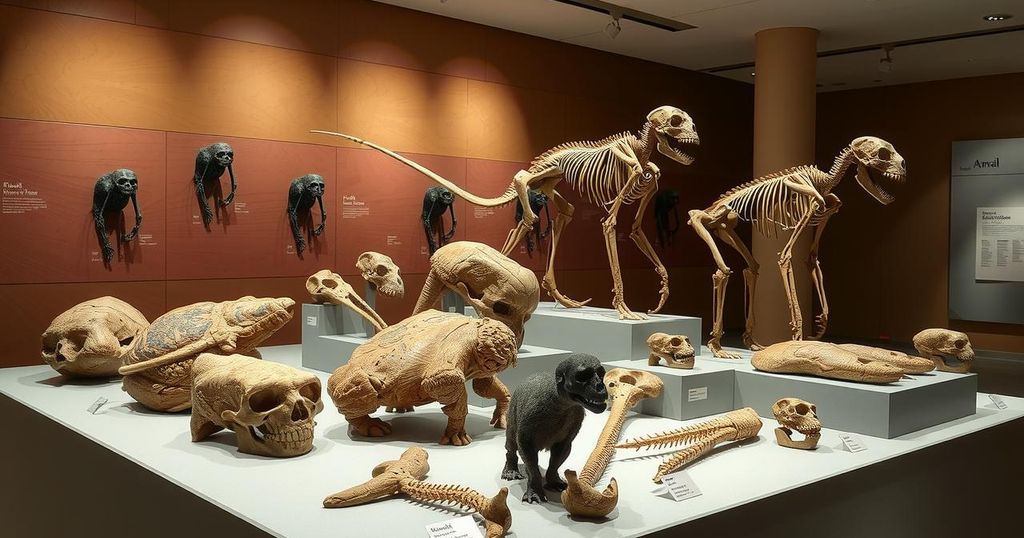Unveiling the Cosmos: Citizen Scientists Discover a Speeding Stellar Object
NASA’s Backyard Worlds project has uncovered a hypervelocity object, CWISE J124909.08+362116.0, moving at 1 million mph, potentially escaping the Milky Way. Discovered by citizen scientists, its characteristics raise questions about its origins and classification, marking a significant achievement in astronomical citizen science.
In a remarkable celestial discovery, citizen scientists contributing to NASA’s Backyard Worlds: Planet 9 project have identified a hypervelocity object darting through space at an astounding pace of 1 million miles per hour. This object is the first of its kind to possess the mass of a small star and has the potential to escape the Milky Way’s gravitational embrace, embarking on a journey into intergalactic space. The team of enthusiasts, including Martin Kabatnik, Thomas P. Bickle, and Dan Caselden, stumbled upon CWISE J124909.08+362116.0 while analyzing infrared imagery from NASA’s Wide Field Infrared Explorer (WISE) mission. Their discovery was further validated through extensive ground-based observations, highlighting the impact of citizen science in new astronomical breakthroughs.
CWISE J1249 stands out not only for its speed but also for its ambiguous classification, hovering between being a low-mass star and a brown dwarf—an entity that lacks sufficient mass to sustain nuclear fusion. Unlike common brown dwarfs, which Backyard Worlds volunteers have identified by the thousands, this unique object is making a swift exit from the galaxy, showcasing an uncharacteristic low metallicity that hints at its ancient origins, possibly dating back to the early stellar generations of the Milky Way.
Theories abound regarding the reasons for CWISE J1249’s incredible velocity; one suggests it may have emerged from a binary star system that met a cataclysmic end. Alternatively, it may have been ejected from an ancient globular cluster during chaotic interactions with black holes. Kyle Kremer, an assistant professor, offers insight into these dynamics, suggesting that the gravitational forces at play can dramatically alter a star’s trajectory.
This remarkable find underscores the collaborative spirit of modern astronomical research, relying heavily on the combined efforts of citizen scientists, professionals, and students. Kabatnik expresses his gratitude for his co-volunteers, particularly highlighting the innovative contributions of individuals like Melina Thévenot and Frank Kiwy, whose resources helped facilitate their discovery. Led by Adam Burgasser, a professor at UC San Diego, this project illustrates how citizen participation can shape the future of astronomical exploration.
NASA has long been at the forefront of astronomical research, utilizing both professional astronomers and citizen scientists in its missions. The Backyard Worlds: Planet 9 project exemplifies this collaborative approach, inviting amateurs from around the world to analyze vast amounts of data sourced from the infrared scans conducted by various space observatories. This program not only promotes public engagement in science but also enhances data analysis through diverse perspectives, leading to significant discoveries that could remain undiscovered without the involvement of these passionate volunteers.
The discovery of the hypervelocity object CWISE J1249 illuminates the extraordinary capabilities of citizen scientists when paired with advanced astronomical tools. Their work paves the way for understanding rare stellar phenomena and the universe’s history. As the cosmos continues to reveal its secrets, projects like Backyard Worlds invite more enthusiasts to delve into the wonders of space, ensuring that the pursuit of knowledge remains a collective journey.
Original Source: www.jpl.nasa.gov




Post Comment